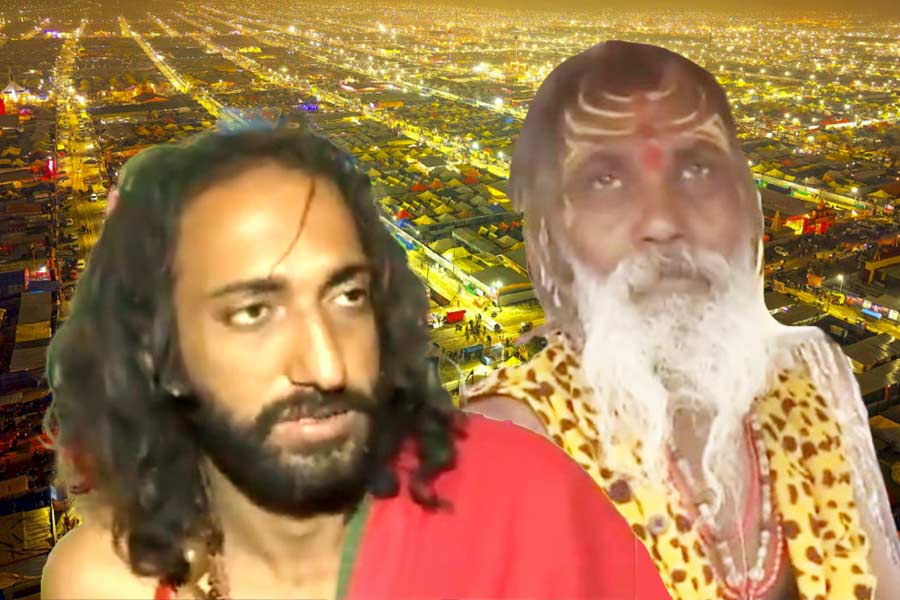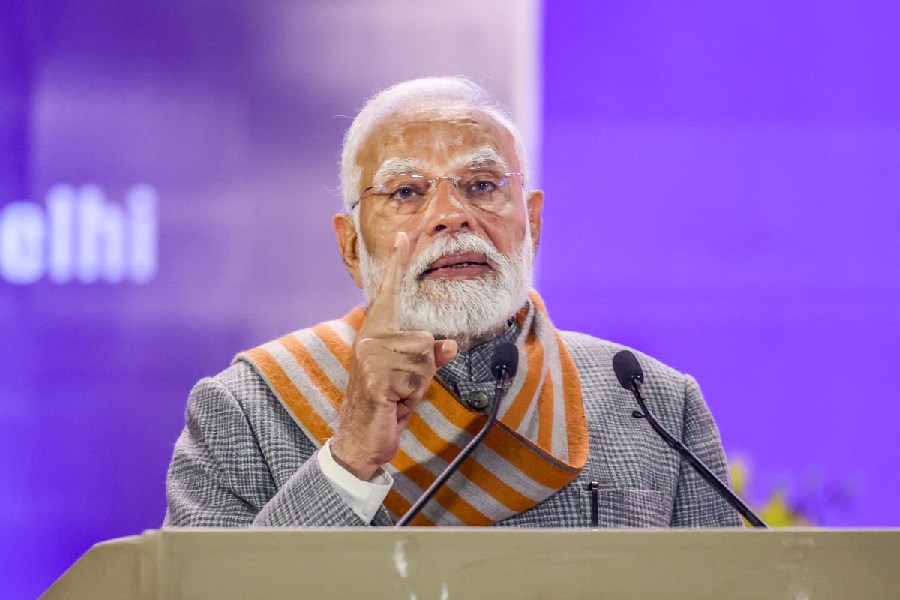 |
| Clusters of trees inside the Barnawapara Sanctuary; |
The heat was dry and unbearable. Amidst swirling dust, our SUV picked up speed as we left Raipur’s Swami Vivekananda Airport at 10am. We were on our way to the Chitrakote Waterfalls in southern Chhattisgarh’s Bastar district. “Another 300km,” declared one of our guides on the trip organised by the Chhattisgarh Tourism Board. I braced myself for a long journey ahead, taking in the arid scenery outside. So far, there was very little to justify the statistic that 44 per cent of the state is under forest cover.
But soon afterwards, the landscape changed. Dry, dusty tracts of land gave way to green hills and the air turned cooler. We had entered Bastar and the lush Kanker Hills looked down upon us as we zoomed along the smooth NH 43. A brief stopover in Dhamtari at one of the longest dam in the state — Gangrel Dam, built across the Mahanadi River — provided a much-needed break. A plan to turn the site into a water-sports complex is in the offing and visitors will soon be able to try their hands at parasailing or kitesurfing here.
We resumed our journey through the rugged Bastar Hills. On the way, we often came across young schoolgirls riding bicycles. Later on, I found out that bicycles are being distributed to encourage female literacy in Chhattisgarh.
It was already dark by the time we reached Chitrakote Waterfalls — the ‘Niagara of India’ is the broadest waterfall in the country, plunging down a height of 32m. It was quite amazing to watch the Indravati River roar down in giant white jets, the music of which stayed with me through the night as our resort was located right by the fall. The next day we went for a boat-ride and enjoyed the sensation of being drenched by the foamy sprays of its waters. .
 |
Tourism had taken a backseat in Chhattisgarh, thanks to Naxalite insurgencies. But times have changed and the pristine beauty of the largely unexplored state is open to visitors once again.
Next on our itinerary was Kutumsar Caves in the Kanger Valley National Park. Discovered in 1951, the caves are known for stunning stalactite and stalagmite formations. One such rock bore a stark resemblance to the eyes of the goddess Kali.
Fortified by glasses of chhind ras (palm juice), a local liquor, we next made our way to the picturesque Tirathgarh Waterfalls near Kanger Valley National Park. The heat was soaring and we could not resist diving into the cool waters of the Kanger River. It was a welcome relief! A tribal guide told us about a local delicacy — chutney prepared with wild ants — that is believed to cure fever. An attempt to taste it, however, was unsuccessful as it takes a long time to collect the insects.
The best of Chhattisgarh’s natural treasures unfolded before our eyes the following day as we made our way deep into Mahasamund District’s Barnawapara Wildlife Sanctuary. We drove through the eerily silent, dense forests eagerly looking out for wild animals. Sadly, we didn’t spot any, apart from some wild buffaloes, a wild bison, some deer, a few peacocks and a jungle fowl or two. Nevertheless, it was a very thrilling experience.
 |
Chhattisgarh is also a destination for pilgrims. Every February, thousands of pilgrims attend the Rajim Kumbh, a congregation of devotees of Lord Vishnu at the confluence of the Mahanadi, Pairi and Sondur rivers in Rajim, 41km from Raipur. The mela was in full throttle when we visited and it was a splendid treat to watch hordes of singing sadhus, bustling stalls selling everything from local delicacies to toys, handicrafts and more. Panchmewa, a local delicacy made of nuts, coconut, dates, raisins and cashew seemed to be a crowd-puller.
If you want a taste of history, head to Sirpur, almost 83km from Raipur. It’s dotted with archaeological remains associated with Buddhist, Jain and Vaishnava faiths and it’s said that the Chinese traveller Hiuen Tsang visited Sirpur in 635AD. Must-sees here include a 5th century AD Buddhist site, which was a meditation centre for almost 10,000 monks during the reign of King Mahashivgupta Balarjun. Another popular site is the 7th century Lakshman Temple, built by the widow of King Harsha Gupta Vasata and dedicated to Lord Vishnu.
 |
Chhattisgarh is also a hub of tribal art and culture. There are around 42 different tribes in various parts of the state and they turn out all kinds of home décor items in terracotta, bell metal, wood, clay, iron and so on. We also enjoyed an evening of tribal dance, performed by people from the Halba tribe at Chitrakote.
The light faded silently as they danced, balancing on long wooden poles, to rhythmic beats of traditional musical instruments — an echo from a life from another time.
Travel trivia
 |
Mahua is one of the most commonly found trees in Chhattisgarh. The mahua juice, made by fermenting the flowers of the tree, is an important part of tribal festivities. The bark of the tree and the oil extracted from its seeds are used for medicinal purposes. The oil is also used by tribal people for cooking.
READY RECKONER
 |
Getting there: There are daily flights from Calcutta to Raipur. Book a car and a guide from the Chhattisgarh Tourism Board office in Raipur.
Staying there: Tariffs at the Barnawapara Resort start from around Rs 2,700 per person per night. At Chhattisgarh Hotel, Raipur, tariffs start from around Rs 1,200 per person per night.











